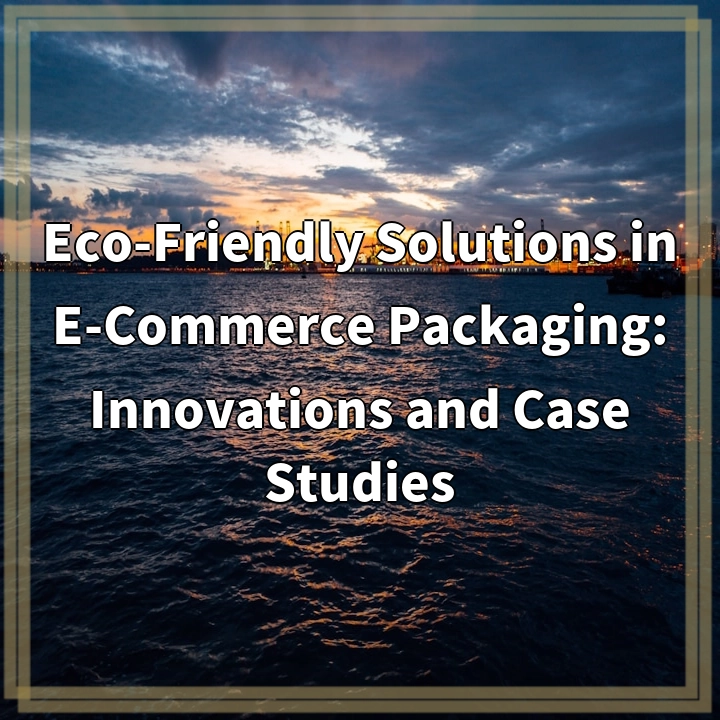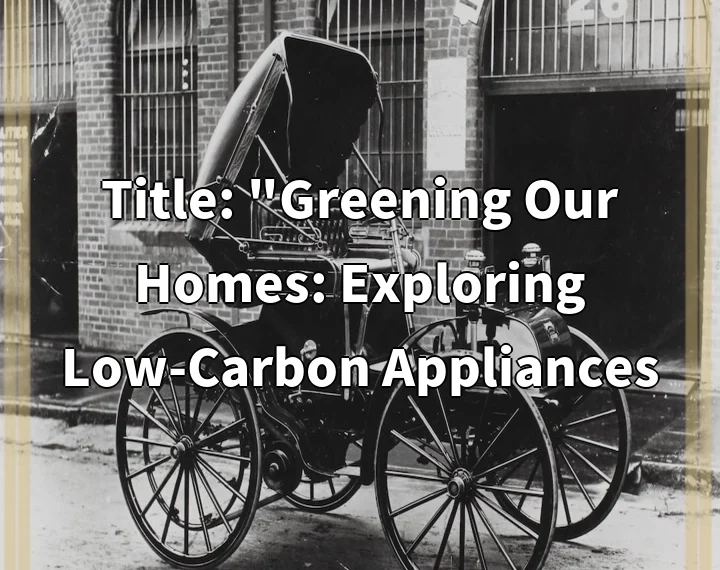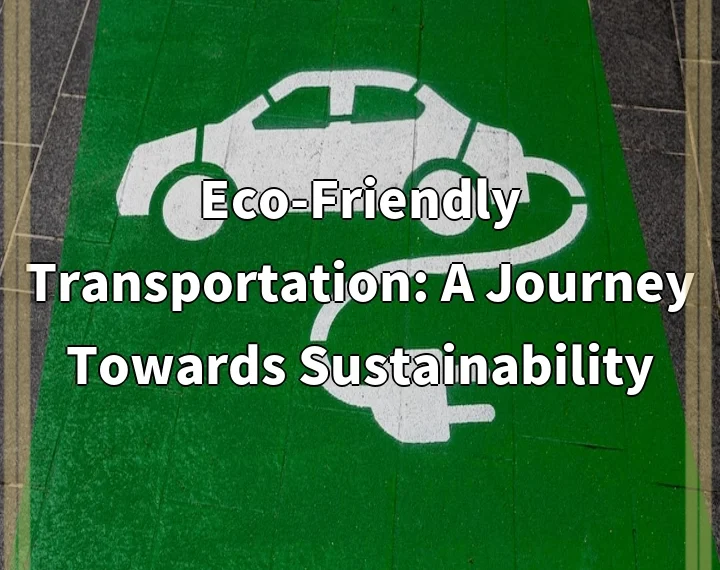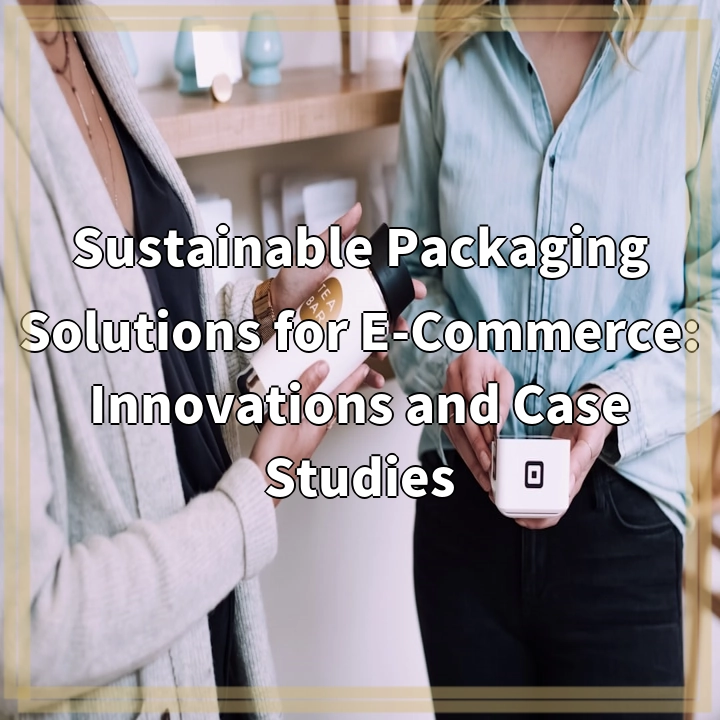
What it is:
E-commerce packaging refers to the materials used to protect and deliver products purchased online to customers. As online shopping continues to grow, the implications of packaging waste become increasingly significant. Eco-friendly solutions in e-commerce packaging involve using sustainable materials, reducing excess packaging, and employing innovative designs that minimize environmental impact. These solutions aim to balance the needs of businesses and consumers while addressing environmental concerns.
Real-World Problems
Despite the growing awareness of sustainability, several real-world problems persist in the realm of e-commerce packaging:
Excessive Waste
Many e-commerce companies still rely on traditional packaging materials like plastic and Styrofoam, which are not biodegradable and contribute to landfill overflow. Excess packaging, including unnecessary fillers and layered materials, exacerbates the waste issue.
Carbon Footprint
The production and transportation of packaging materials carry a hefty carbon footprint. Materials like plastic often require significant fossil fuel consumption, leading to increased greenhouse gas emissions. The shipping process itself also contributes heavily to overall emissions, especially when packages are not efficiently packed.
Lack of Recycling Infrastructure
In many regions, recycling facilities are not equipped to handle the diverse range of materials used in e-commerce packaging. This deficiency means that many recyclable materials end up in landfills, counteracting the efforts of companies that use eco-friendly materials.
Consumer Awareness and Behavior
Although consumer demand for sustainable products is rising, many shoppers remain unaware of the environmental impact of packaging choices. This gap in knowledge can lead to continued support for companies that do not prioritize eco-friendly practices, perpetuating the cycle of waste.
Cost Implications
Switching to eco-friendly packaging solutions can involve upfront costs that deter some e-commerce businesses. Sustainable materials and innovative packaging designs may be more expensive than traditional options, creating a barrier for companies striving to adopt greener practices.
Regulatory Challenges
Varying regulations on packaging materials and waste management across different regions can complicate e-commerce companies’ efforts to implement eco-friendly solutions. Navigating these regulations requires time and resources, which can be a challenge for smaller businesses.
Addressing these challenges is crucial for creating a more sustainable future for e-commerce.

Solutions to Eco-Friendly E-Commerce Packaging Challenges
Addressing the issues surrounding e-commerce packaging requires a multifaceted approach involving innovation, education, and collaboration among businesses, consumers, and regulatory bodies. Here are some effective solutions to promote sustainable practices in e-commerce packaging:
Adoption of Sustainable Materials
E-commerce companies can significantly reduce their environmental impact by opting for sustainable packaging materials. Options include biodegradable plastics, recycled cardboard, and plant-based materials that decompose more easily than traditional packaging.
Minimizing Packaging Waste
Implementing design strategies that reduce excess packaging is key. This can include using materials that are appropriately sized for the products they contain and eliminating unnecessary fillers. Emphasizing minimalism in packaging design can drastically cut down on waste.
Enhancing Recycling Practices
To improve recycling rates, businesses can provide clear guidelines for consumers on how to recycle their packaging. Collaborating with recycling facilities to ensure that materials are processed correctly can also promote a circular economy.
Consumer Education and Engagement
Raising awareness about the environmental impact of packaging is essential. Brands can engage consumers through informative campaigns that highlight the importance of sustainability and encourage them to support eco-friendly practices.
Investment in Innovative Solutions
Investing in innovative packaging technologies, such as reusable shipping containers and intelligent packaging that optimizes space and materials, can help reduce waste and improve sustainability in the e-commerce sector.
Collaboration and Compliance
Establishing partnerships with sustainable suppliers and advocating for favorable regulations can help streamline the transition to eco-friendly practices. Companies should work collectively to set industry standards for sustainable packaging.
Embracing these solutions can pave the way for a more sustainable e-commerce landscape, benefitting both businesses and the environment.















